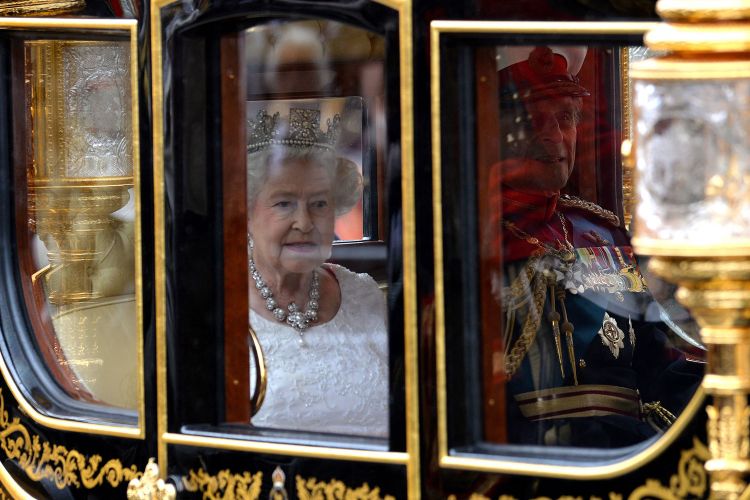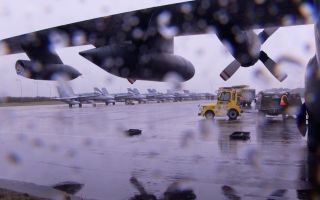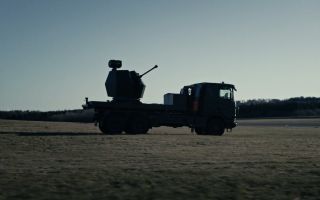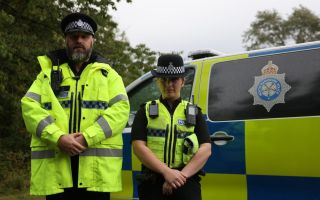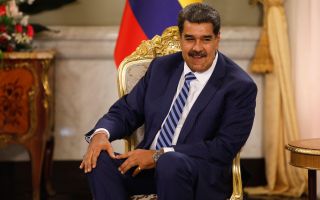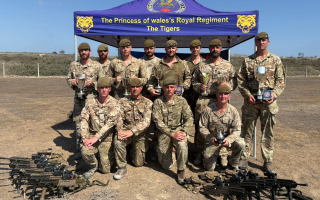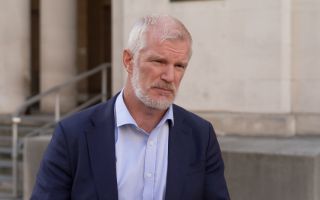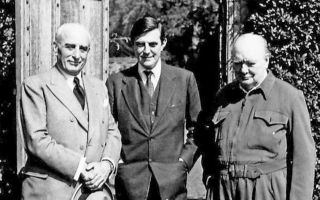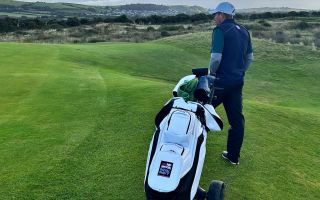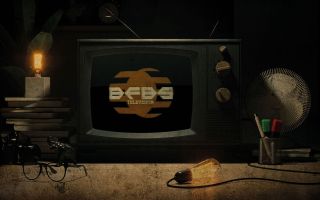Armed Forces Crucial Role at State Opening Of Parliament
The armed forces played a major role in the pomp and ceremony that is part of the State Opening of Parliament, which took place today (Wednesday 4 June 2014). In all, 1290 members of the Armed Forces were on show in a variety of ceremonial roles.
Even in the June rain, the State Opening of Parliament is one of the most colourful events in the London Ceremonial calendar when all elements of the Army’s Household Division, and other elements of the Armed Forces, line the streets and escort Her Majesty The Queen’s procession from Buckingham Palace to the House of Lords.
The State Opening marks the formal start of the next parliamentary session. The primary purpose of this colourful tradition is to set out the government's legislative agenda to both Houses of Parliament in the Queen's Speech.
Military units taking part were four Half Companies of the Royal Navy, The King’s Troop Royal Horse Artillery, Household Cavalry Mounted Regiment, 1st Battalion Grenadier Guards, Nijmegen Company Grenadier Guards, Number 7 Company Coldstream Guards, F Company Scots Guards, 1st Battalion Welsh Guards, four Half Companies of the Royal Air Force, The Royal Artillery Band, Band of the Grenadier Guards, Band of the Coldstream Guards, Band of the Scots Guards, Band of the Irish Guards, Band of the Welsh Guards and the Honourable Artillery Company.
This is a busy period for all on parade. Many of the units taking part in the event were involved recently in the State Visit by the President of Ireland, as well as operational deployments to Afghanistan under Op Herrick. The Household Cavalry received the new Standards (ceremonial banners) on display today from Her Majesty at a special parade just a week ago. The Bands are preparing for Beating Retreat on Horse Guards on 11th and 12th June, and all the mounted regiments and foot guards are in the midst of preparations for the Colonel’s Review this Saturday and The Queen’s Birthday Parade (Trooping The Colour) on 14th June.
But for many involved, State Opening was the first or last chance to take part in what is regarded as the most colourful event in the London Ceremonial calendar. As such there was a great feeling of pride in the heart of every serviceman and woman participating.
The Processional Route was by way of The Mall, Horse Guards Road, Horse Guards, Whitehall and Parliament Street.
1st Battalion Grenadier Guards provided a large Guard of Honour at Queen’s Gardens commanded by Major Andrew Seddon, and accompanied by the Band of the Regiment and the Corps of Drums of the Battalion. The Grenadiers served in the Falklands and Brunei last year, and will deploy to Kenya later this year.
The Crown Procession accompanied by a Regalia Escort of seven men and horses from the Household Cavalry Mounted Regiment left Buckingham Palace for the House of Lords shortly after 10.30am. It was followed by a Carriage Procession carrying The Prince of Wales and The Duchess of Cornwall with a travelling escort of sixteen men and horses from the Household Cavalry Mounted Regiment. Lining the route of the procession were servicemen from 1st Battalion Grenadier Guards, Number 7 Company Coldstream Guards, F Company Scots Guards, Nijmegen Company Grenadier Guards, 1st Battalion Welsh Guards, detachments of the Royal Navy and the Royal Marines, and the Royal Air Force.
The Queen’s Procession left Buckingham Palace for the House of Lords at 11am. Her Majesty The Queen was escorted by 116 men and horses from The Household Cavalry Mounted Regiment, with their mounted Troopers resplendent in silver helmets and cuirasses, and Cavalry black horses groomed to a mirror shine. At Horse Guards, The Queen’s Life Guard turned out the Guard as Her Majesty was escorted through the Front Yard.
The General Officer Commanding London District, Major General Edward Alexander Smyth-Osbourne CBE commanded Service personnel from all three services on parade.
1st Battalion Welsh Guards provided a large Guard of Honour at the House of Lords, commanded by Major Tim Badham, with The Queen’s Colour, and accompanied by the Band of the Welsh Guards. After a busy year of Public Duties and State Ceremonial, the Welsh Guards will deploy on operational training to Kenya in September.
Precisely as the Queen reached the Sovereign's Entrance of The House of Lords and proceeded to the Robing Room, a 41-gun salute was fired by The King’s Troop Royal Horse Artillery, supported by the Band of the Royal Artillery, in Green Park.
Wearing the Imperial State Crown and the Robe of State, Her Majesty led the Royal Procession through the Royal Gallery, packed with 600 guests, to the chamber of the House of Lords.
The House of Lords official known as 'Black Rod'' was then sent to summon the Commons. The doors to the Commons chamber were shut in his face: a practice dating back to the Civil War, symbolising the Commons' independence from the monarchy. Black Rod struck the door three times before it was opened. Members of the House of Commons then followed Black Rod and the Commons Speaker to the Lords chamber, standing at the opposite end to the Throne, known as the Bar of the House, to listen to the speech.
The Queen's Speech was delivered by the Queen from the Throne in the House of Lords. It contained an outline of the government’s policies and proposed legislation for the new parliamentary session.
As Her Majesty left the House of Lords at noon, a further 41-gun salute was fired at the Tower of London by the Army’s oldest regiment, The Honourable Artillery Company, which is part of the Army Reserve.
The Procession of Her Majesty The Queen returned to Buckingham Palace from the House of Lords by the same Processional Route, followed by those of HRH The Prince of Wales and The Crown. Once Her Majesty returned, The King's Troop, the Sovereign's Escort and Guard of Honour Marched Past Her Majesty and then returned to barracks.
When the Queen leaves The House of Lords, a new parliamentary session starts and Parliament gets back to work. Members of both Houses debate the content of the speech and agree an ‘Address in Reply to Her Majesty’s Gracious Speech’. Each House continues the debate over the planned legislative programme for several days, looking at different subject areas. The Queen's Speech is voted on by the Commons, but no vote is taken in the Lords.
Pictures: Crown Copyright 2014 / British Army / Sergeant Steve Blake RLC
